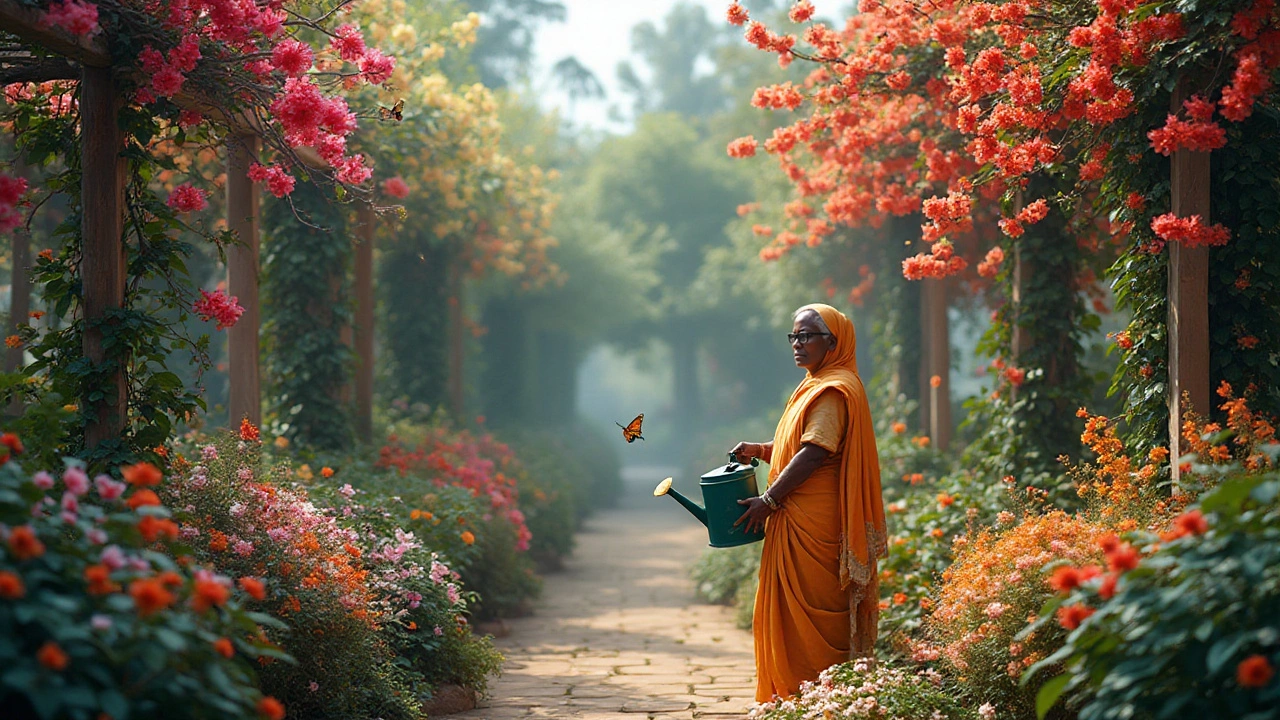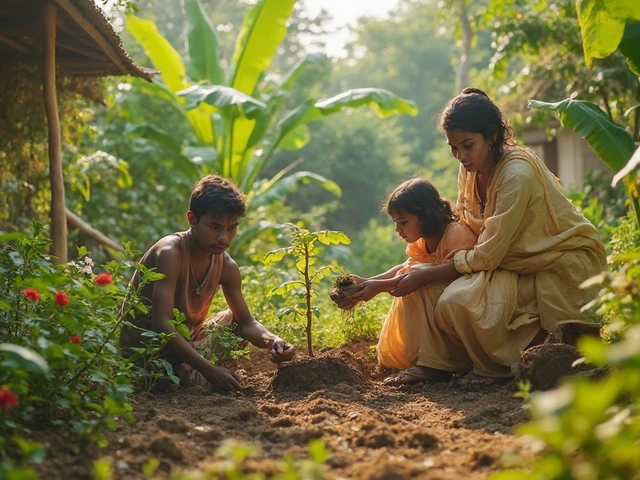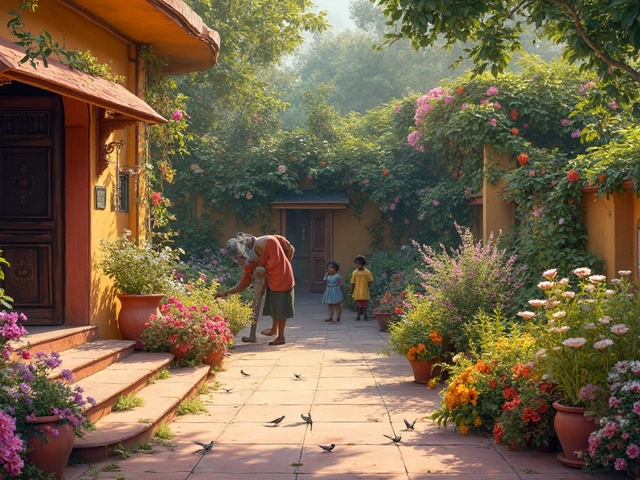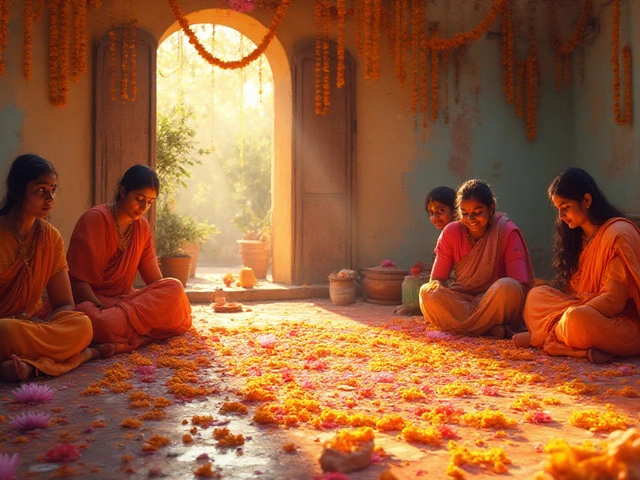India, with its diverse climates ranging from tropical to temperate, is home to some amazing flowering creepers that can grace any garden year-round. These vibrant climbers are not only visually captivating but also provide a host of ecological benefits. Picture lush vines wrapping around trellises, with blossoms weaving a vibrant tapestry of colors.
Catering to both seasoned gardeners and amateurs, this guide unlocks the secrets of bringing these radiant creepers to life in your own space. Learn about some of the most popular species of year-round bloomers, how to care for them, and tips for integrating them beautifully into your landscaping. Whether you have a large garden or a small urban balcony, these tips will help you embrace the beauty of nature all throughout the year.
- Understanding Flowering Creepers
- Popular Year-Round Bloomers
- Care and Maintenance Tips
- Integrating Creepers Into Your Garden
Understanding Flowering Creepers
The enchanting realm of flowering creepers has captivated plant enthusiasts and gardeners alike for centuries. These resilient plants possess the remarkable ability to create stunning displays of blooms, cascading over walls, trellises, and fences. Unlike shrubs or trees, creepers distinguish themselves by their growth habit; they cling to surfaces using structures like tendrils, adhesive pads, or twining stems. This unique characteristic not only sets them apart but also makes them ideal for vertical gardening, a technique gaining immense popularity in urban settings where space is a luxury.
Flowering creepers are particularly adept at thriving in diverse Indian climates, from the sweltering Southern regions to the cooler Himalayan foothills. Their ability to adapt to varying environmental conditions lies in their roots' capacity to seek nutrients deep within the soil, enhancing their resilience against drought and soil erosion. Among the most celebrated creepers in India are species like Bougainvillea, Blue Star Creeper, and Bengal Clock Vine. Each brings its own palette of colors, textures, and seasonal fragility, making them an intricate tapestry of nature's artistry.
One of the most alluring aspects of year-round blooms from these creepers is their potential to attract biodiversity to any garden. Birds, butterflies, and bees find refuge in the dense foliage and feast on the copious nectar; this enhances pollination, ensuring the propagation of these essential plant species. The ecological balance supported by flowering creepers extends beyond mere aesthetics, contributing to the sustainability of garden ecosystems. As Sir David Attenborough once remarked, "Not only are flowering plants beautiful, they are a vital part of life on Earth."
"The cool thing about gardening with creepers is they add dimensions and movement to a stationary garden. They sway with the wind, dance with the sunlight, and bring a kind of poetry that only nature can write." — A local gardening enthusiast.
When considering which flowering creeper to introduce into your garden, it's essential to account for the plant's sunlight, temperature, and humidity preferences. An understanding of these needs can significantly affect whether the plant will thrive or flounder. Some creepers demand full sunlight for optimal flowers, while others flourish under partial shade, making initial research critical. Furthermore, incorporating structures like arches or pergolas can help manage their growth, creating carefully curated paths that lead visitors through a verdant wonderland.
For those new to gardening, experimenting with creepers can serve as a gentle introduction due to their relatively low maintenance. Many species require minimal intervention once established, needing only occasional pruning to remove dead sections or to train the plant in specific directions. It's essential, however, to monitor them periodically for pests, as their dense foliar growth can sometimes encourage pests to hide along the undersides of leaves. Regular inspection ensures that these beautiful creepers continue to bloom and beautify their surroundings, enriching the property with lush, year-round coloring.
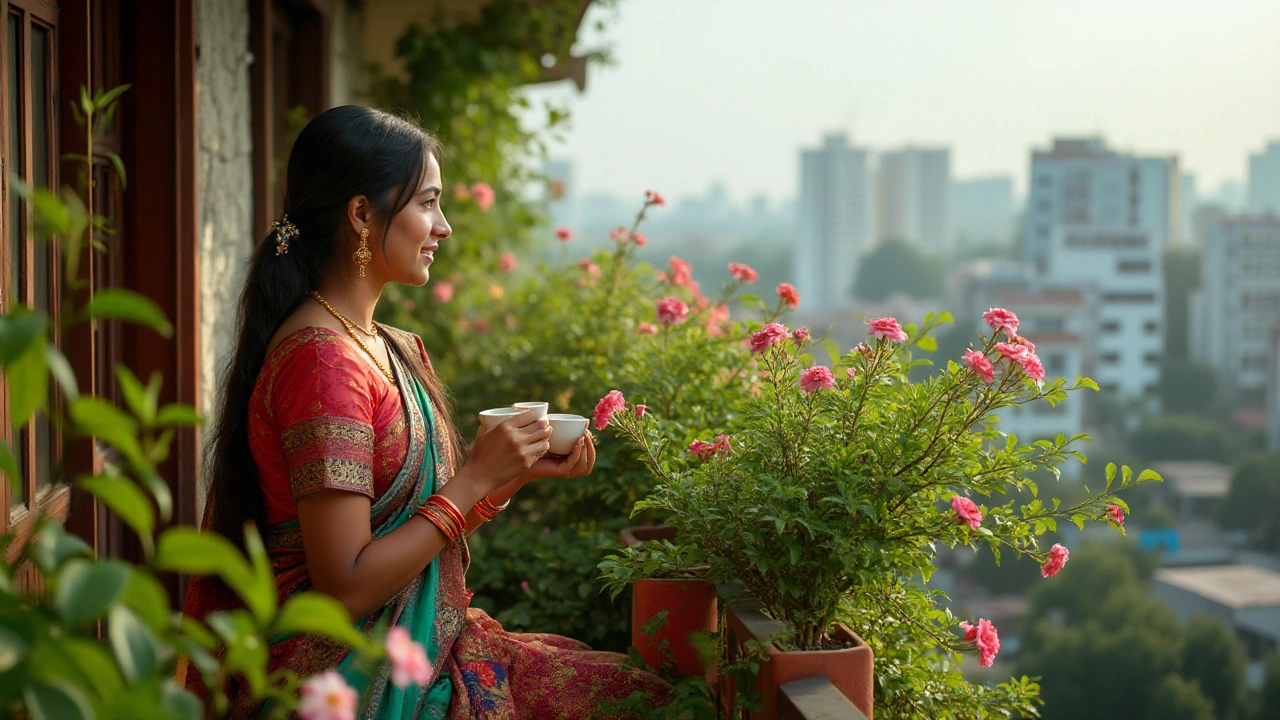
Popular Year-Round Bloomers
When it comes to flowering creepers that thrive throughout the year, India offers an enchanting selection. Among the most admired is the Bougainvillea, renowned for its resilience and vibrant bracts that create impressive displays from January to December. This climber is highly versatile, adorning walls, pergolas, and fences with ease. Despite its delicate appearance, Bougainvillea is hardy enough to withstand diverse climates, which is partly why it is such a popular choice for gardeners seeking low-maintenance beauty.
Another splendid perennial is the Rangoon Creeper or Madhumalti as it's locally known. This plant starts with a white flower that transitions through pink to a deep red as the day progresses. The fragrant blooms are particularly attractive to butterflies, ensuring that your garden remains a lively hub of activity. Madhumalti grows well in full sun and is a natural fit for Indian climate conditions, bringing both aesthetic appeal and ecological benefits to your space. The Barberton Daisy is another gem. Though technically more of a ground cover, its creeping tendency allows it to fill garden spaces elegantly, offering cheerful blossoms in a dazzling array of colors.
Jasmine varieties, especially the Arabian Jasmine or Mogra, are prized not only for their stunning, pure white blooms but also for their rich scent. These plants often adorn Indian homes, celebrated for both their beauty and strong cultural significance, featuring in garlands and religious rituals. An interesting thing to note is that jasmine flowers typically bloom at dusk, spreading their mesmerizing fragrance throughout the night. Given the climate variations across India, this trait makes jasmine an attractive choice for warmer regions where evening blooms are most appreciated.
"In the Indian context, flowering creepers like Bougainvillea and Jasmine not only enhance the visual appeal of a garden but also create a haven for pollinators, supporting biodiversity," - Garden & Landscape Expert Anita Varma.
Adding to the list of outstanding year-round bloomers, the Climbing Rose offers an old-world charm with clusters of blooms that exude elegance. Roses demand a bit more attention in terms of care and pruning, but the reward they provide with their lush, fragrant flowers makes the effort worthwhile. Climbing Roses can be trained over arches and arbors, making them a wonderful addition to even the most formal of gardens. Each type of creeper has its own particular set of needs, and learning these is the key to helping them flourish, enhancing your garden's attractiveness throughout every season.
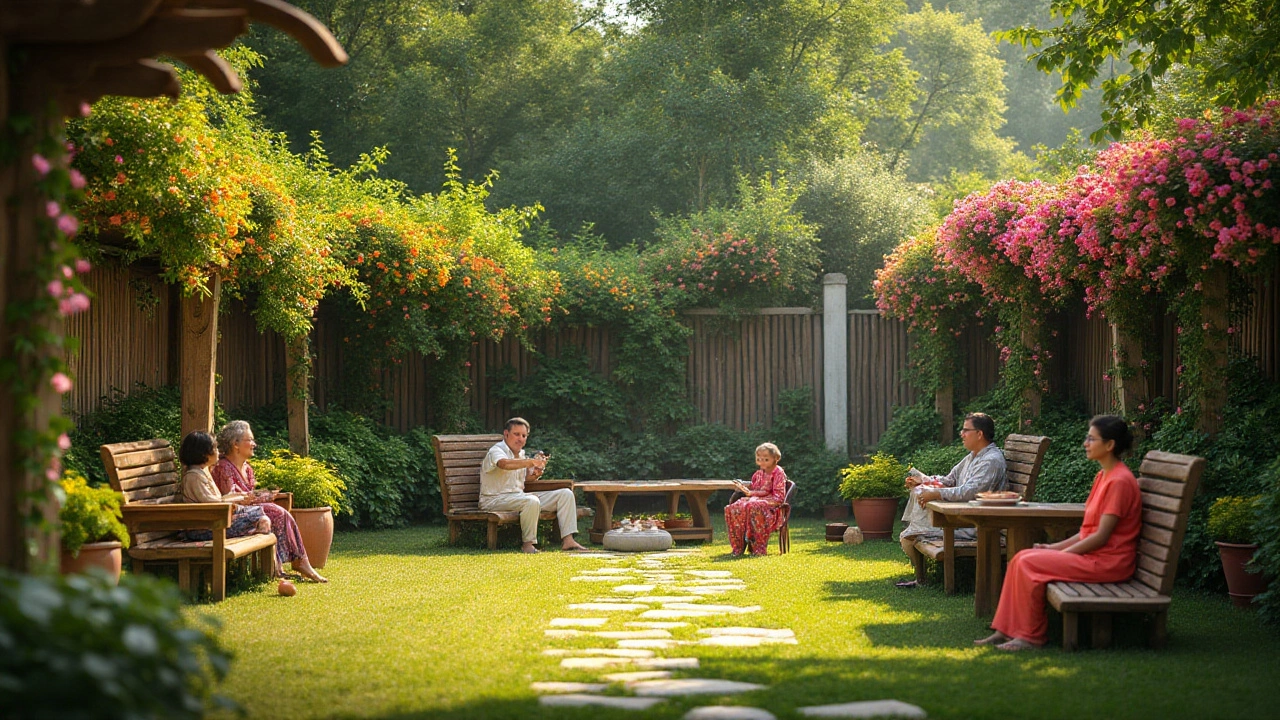
Care and Maintenance Tips
Caring for flowering creepers that bloom year-round involves understanding their unique requirements and providing them with the right environment to thrive. When it comes to these hardy plants, knowing the perfect balance between sunlight, water, and soil can make all the difference in ensuring a lush and vibrant growth. Let's delve into some essential care strategies that will help your creepers flourish effortlessly. Firstly, most flowering creepers in India thrive best in locations that receive ample sunlight. However, it's important to recognize the specific needs of each variety, as some prefer filtered sunlight, especially during the hot summer months. Ensuring they get at least six hours of sunlight daily can promote blossoming and prevent the vines from becoming leggy.
When it comes to watering, the key is consistency. While these plants are quite resilient, especially during dry spells, they appreciate regular watering to keep the soil evenly moist. A soggy environment can lead to root rot, while too dry conditions may cause stress, affecting flowering. A wise gardener once said,
"The best gardening is done with careful observation, not blind routine."Taking the time to check soil moisture by touch, especially during varied seasonal changes, is a simple yet effective practice. Mulching can also aid in retaining soil moisture, reducing the frequency of watering needed.
Soil health plays a crucial role in successful growth and blooming. Creepers often enjoy well-draining, slightly acidic soil that is rich in organic matter. Periodic feeding with a balanced fertilizer, particularly one high in phosphorus, can encourage robust flowering. As seasons change, a slow-release fertilizer can support ongoing plant health and reduce nutrient deficiencies. Here are some steps to maintain soil quality:
- Test your soil pH regularly and adjust using lime or sulfur to maintain the preferred acidity level for your specific plant variety.
- Amend soil with compost or aged manure to boost organic content.
- Avoid over-fertilizing, which can result in lush foliage at the cost of blooms.
The following table provides concise guidance on nurturing different species:
| Creeper | Ideal Sunlight | Watering Frequency |
|---|---|---|
| Bougainvillea | Full Sun | Weekly |
| Jasmine | Partial Shade | Twice a Week |
It's essential to also consider pest and disease management as part of the gardening tips. Regularly inspect leaves and stems for unwanted visitors and treat any infestations promptly using eco-friendly solutions. Encouraging beneficial insects, like ladybugs, can naturally control harmful pests, maintaining a healthy garden ecosystem. By understanding and catering to the distinct needs of your flowering creepers, you can enjoy a vibrant tapestry of colors throughout the year, transforming your space into a lush haven that captivates and enchants.
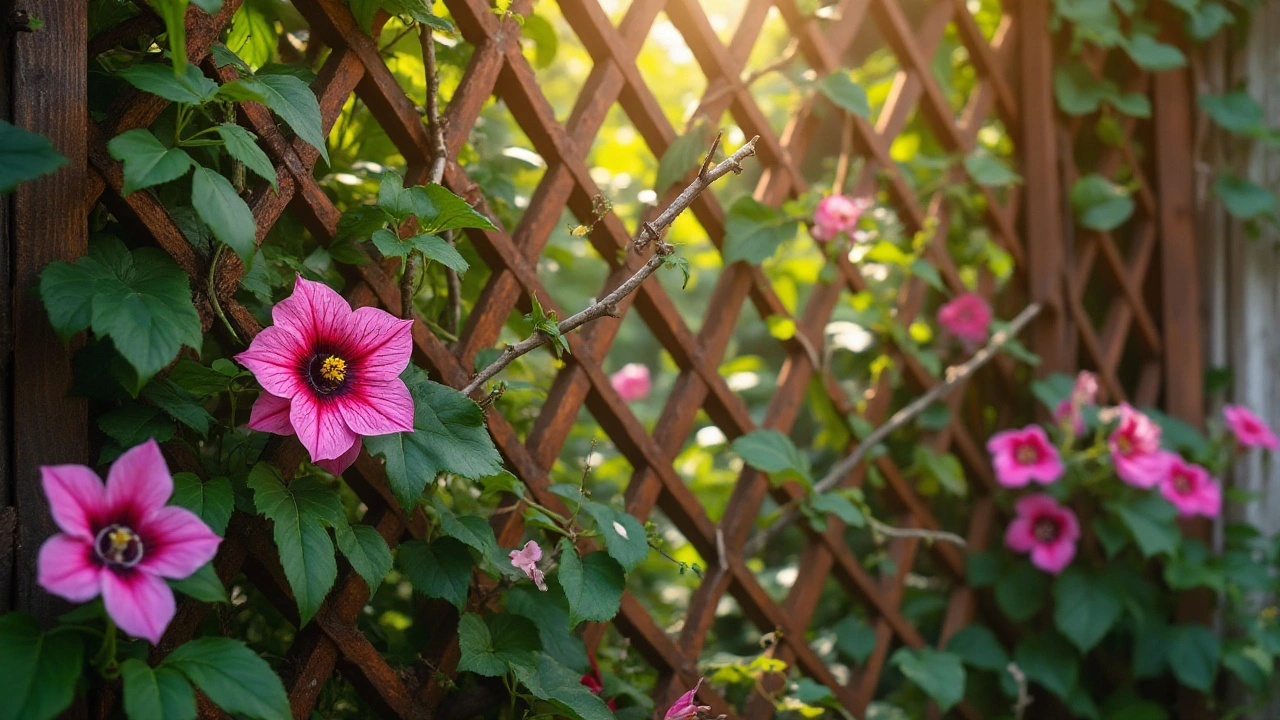
Integrating Creepers Into Your Garden
Bringing a touch of vibrancy to your garden with flowering creepers can be a transformative experience. As you explore the world of flowering creepers that thrive year-round in India, you'll discover their ability to seamlessly blend functionality with beauty. True to their name, these plants 'creep' up walls, fences, and trellises, turning otherwise dull spaces into living canvases. With some planning, these perennial bloomers can become an integral feature of your outdoor or indoor space.
When adding year-round blooms, planning is essential to ensure that the plants thrive and enhance your space. It begins with selecting the right creeper based on the climate, location, and sunlight availability. For areas with high sunlight, species like Bougainvillea and Morning Glory are excellent choices. These creepers are sun-loving and provide a riot of color with minimal care. For cooler or shaded areas, consider using the vibrant Flame Vine or the lush English Ivy, known for their versatility and soothing greenery. Each species has unique attributes and needs, making them suitable for different garden conditions.
Designing With Creepers
The design aspect is equally vital when integrating creepers into your garden. Think sustainability and aesthetics—how will these plants contribute to the environment and look across seasons? Using them as natural dividers is one creative application. They can be trained to grow over arches or pergolas, providing shade and creating serene spaces for relaxation. Their natural inclination to climb can naturally soften hard edges of buildings or fences, creating a seamless transition between man-made structures and nature. Employing them creatively can also serve as a natural air filter, improving air quality, and bringing a breath of fresh air to urban dwellings.
"A glimpse at a trellis heavy with blooming creepers, and you forget every care," mused famed landscape architect Geoffrey B. Charlesworth.
Installation and Care
Installing creepers requires careful consideration of support structures—a strong framework, such as metal trellises or bamboo poles, can offer robust support as creepers grow and mature. This is critical, as poorly supported plants may suffer from restricted growth or even collapse under their weight. Adequate spacing ensures they have room to grow without becoming an unmanageable tangle. Providing guidance as they start to grow, such as using ties or clips, can train them effectively along the desired path. Regular monitoring prevents invasive growth patterns and helps maintain a neat and structured garden.
| Creeper Type | Sunlight Requirement | Common Uses |
|---|---|---|
| Bougainvillea | Full sun | Walls, fences |
| Flame Vine | Partial shade | Low walls, ground cover |
| English Ivy | Full to partial shade | Building facades, fences |
In caring for these gardening tips can be a game-changer. Creepers generally require regular but moderate watering, ensuring the soil remains moist yet well-drained. Using organic fertilizers once in the growing season can aid in lush foliage and prolific blooming. To avoid pest infestations, regular pruning and inspections are recommended, which not only keep the creepers healthy but encourage new growth. Implementing an integrated pest management system can also be quite effective in keeping unwanted insects at bay.
Ultimately, integrating these flowering climbers is more than simply planting them; it's about nurturing a living tapestry. The rewards are not only in the stunning visual feast they'll provide but in the satisfaction of cultivating life. Whether leisurely curling along a pergola or creating a vibrant wall of blooms, these perennials promise to continually captivate, season after season.
